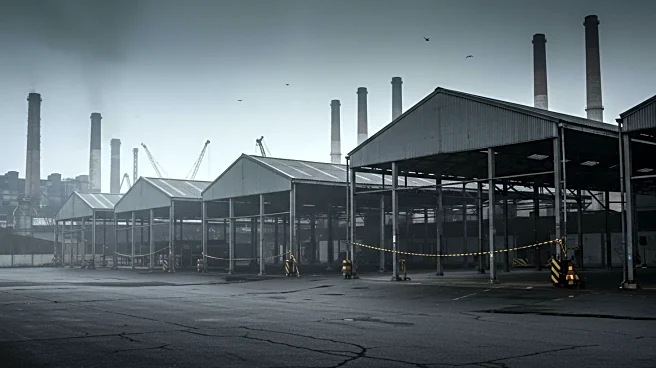What is the story about?
What's Happening?
The Detroit industrial market experienced its weakest three-month period for net absorption since 2010 during the first quarter of 2025, according to Marcus & Millichap's latest research. The industrial vacancy rate rose to 4.7% by the end of the first quarter, but is not expected to increase further throughout the year. Despite this uptick, Detroit maintains one of the lowest vacancy rates in the country. The slow pace of new industrial deliveries is a contributing factor, with the total industrial inventory in the Detroit metropolitan area projected to expand by only 0.5% in 2025. This is significantly lower than the area's trailing 10-year average. Consequently, the average asking rent for industrial space is expected to reach $7.74 per square foot, marking a rent growth rate three times faster than the national average.
Why It's Important?
The developments in the Detroit industrial market have significant implications for local businesses and investors. The rising rents, driven by limited supply, could increase operational costs for companies relying on industrial space, potentially affecting their profitability. Investors might find opportunities in the market due to the low vacancy rates and high rent growth, suggesting strong demand despite absorption challenges. The situation highlights the broader economic dynamics in Detroit, where industrial space remains a valuable asset, influencing real estate strategies and economic planning.
What's Next?
As the year progresses, stakeholders in the Detroit industrial market will likely monitor the vacancy rates and rent trends closely. Companies may need to adjust their strategies to accommodate higher rental costs, while investors might explore opportunities to capitalize on the market's demand. The slow pace of new industrial deliveries could prompt discussions on development policies and incentives to boost supply, potentially impacting future market conditions.
AI Generated Content
Do you find this article useful?

